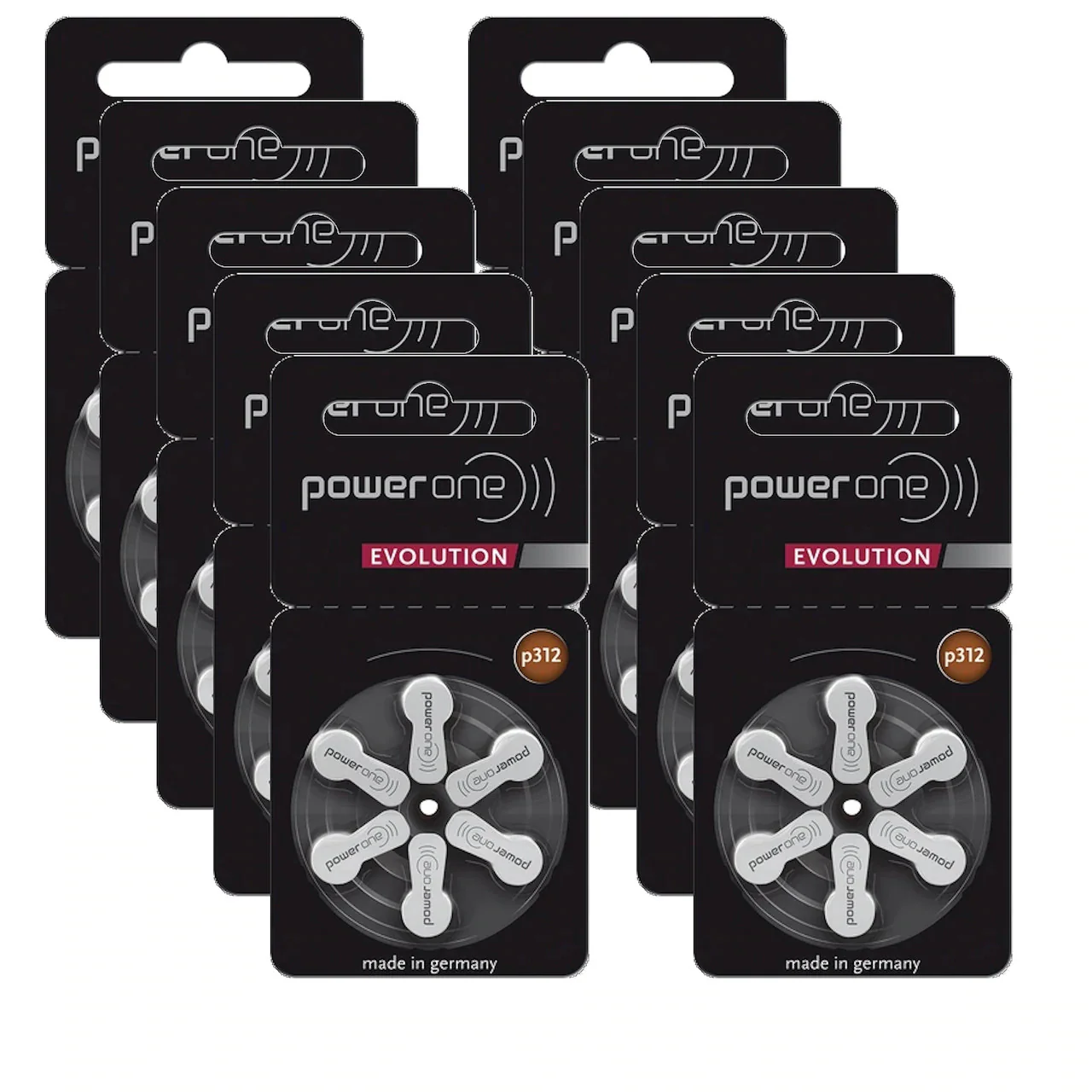
Signs It's Time to Replace Your Hearing Aid Batteries
Hearing aids are essential tools that help many people improve their quality of life, allowing them to engage in conversations, enjoy music, and stay connected with the world around them. However, like any battery-powered device, hearing aids rely on their batteries to function properly. Over time, these batteries will lose their charge, which can affect the performance of your hearing aids. Recognizing the signs that it's time to replace your Hearing Aid Batteries can help you maintain optimal hearing and avoid frustration. Some of the commonly used hearing aids batteries are SIZE 312 SIZE 13 SIZE 10
1. Reduced Volume or Sound Quality
If you notice that the volume of your hearing aid has decreased or the sound quality is no longer as clear as it once was, the battery may be running low. Hearing aids rely on a steady supply of power to amplify sound, so a weak or dying battery can lead to reduced performance. If adjusting the settings on your device doesn’t help, it’s time to change the battery.
2. Distorted or Fuzzy Sound
When hearing aid batteries are low or running out, you may hear distorted or fuzzy sounds. This could make speech harder to understand or cause background noise to become muddled. Distorted sound is a clear indication that your battery is depleting and needs to be replaced for optimal hearing quality.
3. Battery Life is Shorter Than Usual
If you find that your hearing aid batteries are dying more quickly than normal, it’s a sign they are near the end of their lifespan. Batteries for hearing aids typically last several days to a week, depending on usage and type. If you notice the battery life shortening, it's time to replace the batteries to ensure continued functionality.
4. Hearing Aid Stops Working Completely
One of the most obvious signs that it’s time for a new battery is when your hearing aid stops working altogether. If you’ve tried turning the hearing aid off and on or checking for any obstructions, but it still isn’t functioning, the battery is likely dead and needs to be replaced immediately.
5. Battery Indicator Light Flashes or Shows Low Power
Many modern hearing aids have a built-in indicator light that shows when the battery is low. If you notice a flashing light or the indicator shows a low power warning, it’s time to replace the battery. Some hearing aids may also make a soft beeping sound to alert you when the battery is running out.
6. Changes in Battery Color or Appearance
If your hearing aid battery looks discolored, swollen, or has visible corrosion, it’s a sign the battery has degraded and needs to be replaced. These issues can interfere with the battery's ability to deliver consistent power and may even cause damage to your hearing aid over time. Always check the appearance of your batteries regularly.
7. Intermittent Sound or Cutting Out
If your hearing aid produces sound intermittently or cuts out unexpectedly, this may be a sign of a dying battery. A failing battery can cause your hearing aid to lose power and interrupt sound transmission, leading to frustration and missed conversations.
ConclusionRegularly replacing your hearing aid batteries is essential to maintaining the performance of your device and ensuring that you continue to hear clearly. Watch for signs like reduced sound quality, shorter battery life, or distorted sounds, and replace your batteries as needed.
At Just Batteries Australia, we offer a wide selection of high-quality batteries for hearing aids to keep you connected to the world. Don’t let low battery life affect your hearing experience—visit us today for reliable and long-lasting batteries!